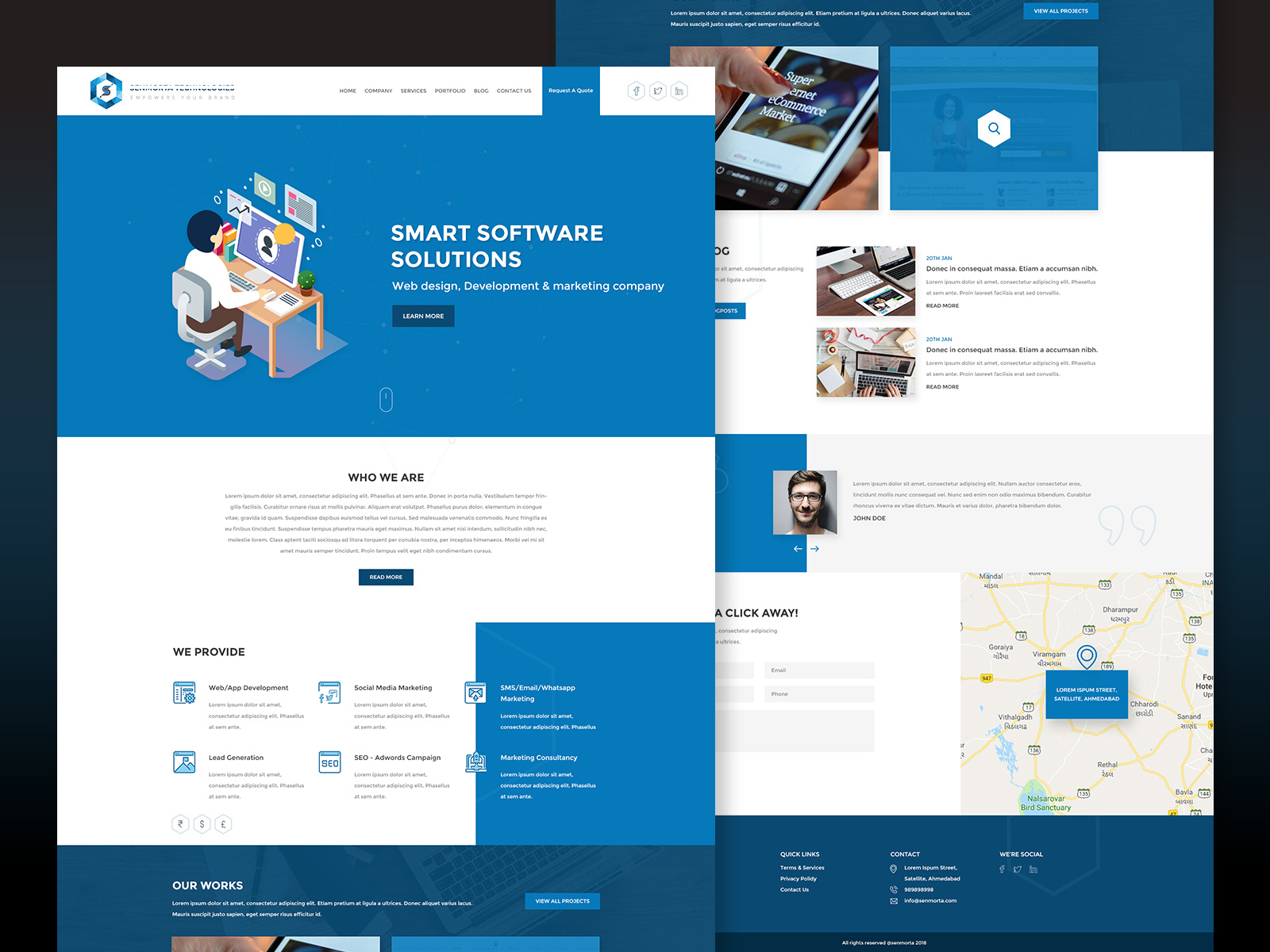Table Of Content

This is a type of minimalist layout that you don’t see that often nowadays. The name of this layout suggests the way our eyes move across the web page. Starting from the top left, moving onto top right, then down diagonally to finish in the bottom right corner (shape of a letter Z). Once you have the layout for all the pages, you can connect them all in one intuitive and ebay-to-use navigation menu.
Conduct user testing and gather peer feedback
However, if you want to dive into more detailed designs, a tool like Figma will serve you better. Draw inspiration from current web design trends and galleries like Dribbble or Made in Webflow. Make note of design elements, wording, or content organization that you think could serve your audience well. However, the structure above, is one of the most common, and we will take a closer look at it in this tutorial.
Create a responsive layout with CSS Grid - Creative Bloq
Create a responsive layout with CSS Grid.
Posted: Sun, 31 Jan 2021 08:00:00 GMT [source]
Fullscreen Hero Page Media Layout
If you’re feeling like I was — a little intimidated by website design — you don’t have to go through the same struggles that I did. Learn the fundamentals and see examples of great experimental web designs. The demand for fitness websites is set to surge over the next few years. Here are some ideas to help you take your fitness sites to the next level.
Ways to Make Authentication Systems More User-friendly
As you can see on Apple’s iPad product page, single column layouts present the main content in a single, vertical column. Surrounded by plentiful white space, the scrolling experience is smooth sailing, and the large-sized images are crisp and clear. This innovative usage of white space is what makes the page’s main content look so detailed and comprehensive — without being overwhelming to the eye. What we can infer from here is that when emphasizing distinct details is what you’re looking to do, single columns and white space are the perfect option. Also, single-column layouts work well for creating a great reading experience because it focuses the user on the content with no distractions to either side. Many web page layouts start here, given that mobile-first design is a long-recommended approach and mobile websites are often arranged in a single column due to size constraints.

From frustration to customization: How using Webflow changed the game for Mothershed Design Co.
When site visitors scroll down to learn more about Okalpha, they’re met with a short description of the brand and what they do. A split screen layout lets you break up big content blocks to maximize screen space. Dedicating each side of the screen to complementary content delivers a more comprehensive experience. This creates a visual ladder effect, moving site visitors down the page.
Creating a fluid responsive website is hard, and without knowing how to code, it is nearly impossible to build unique websites using responsive website builders. Top site builders typically compress your content for faster load times, however, there are no guarantees. Make sure to research which site builders will work best for the content you will have on your site. For example, PageCloud optimizes your images to ensure fast loading times for sites with large and/or multiple photos.
Explore Divi, The Most Popular WordPress Theme In The World And The Ultimate Page Builder
In addition to column-based layout grids, baseline grids are commonly used in web design to space elements horizontally in a logical way. It’s most apparent in typography when examining the spacing between lines of body copy and headlines, for example. Baseline horizontal grid spacing is closely related to the vertical grid spacing used in web design. Implementing website spacing best practices ensures that spacing is consistent and coherent across a site. Large type is especially popular in headings and titles, but it’s also seen in body copy on some sites. When the right font is chosen, larger text is more readable and improves the user experience.
A single column layout is one in which content is arranged sequentially in one column, often in a centered alignment. These high-level goals are what drive a website layout design, but before we look at specific website layouts, let’s discuss how to realize these goals in more detail. Website layout design is about balancing aesthetics with practicality.
Grids typically make use of a design element called “cards,” which are like self-contained boxes that include all the necessary information. Usually, cards contain an interesting image, a title, and sometimes a brief textual description. After creating a content plan and a design sketch for your layout, the next step is to bring your idea to life. While you don’t want to copy, checking how others, especially your competitors, designed their websites is essential. Choosing a layout before creating content would force your content to take whatever layout you’ve chosen.
Avoid spending too much time on a concept before sharing it with the client. More often than not, a designer’s participation in a project is not something that happens in isolation. In most cases you will have to understand the system currently in place, and if your project is meant to challenge it, find opportunities to evolve it, or follow it as it is. This is one of my favorite website layout examples, from a web and design agency called Curious & Company.
Some people remain skeptical that this capability should be part of CSS Grid, and want it to instead be its own separate display type. Others are questioning whether or not this kind of layout is needed on the web at all — they aren’t sure that well-known websites will use it. Designing a beautiful, interactive, user-friendly website is daunting, even for many UX designers. One of the ways designers create these categories of websites is by using a unique flat design that uses simple, two-dimensional shapes.
The website layouts we discussed above are commonly known because they work. They have proven to be usable over time, are familiar to users, and ready to go. Therefore, it’s a good idea to go with one of the established layouts and then add your individual flavor to it. As you have seen above, different website layouts are more or less suitable for different types of websites. Therefore, in order to choose the right one for you, you first need to be crystal clear about what kind of site you are building.
You can use cloneables in addition to templates or designing from scratch — just browse the projects in Made in Webflow to find what you need for different types of websites. This is also a good time to start thinking about your search engine optimization (SEO) efforts. No matter what type of business or brand you’re designing a website for, you’ll need to drive traffic to it for it to be effective.

No comments:
Post a Comment